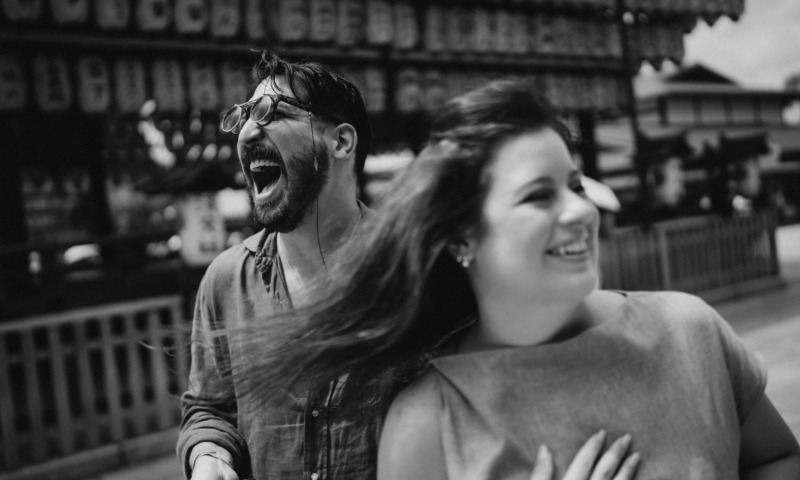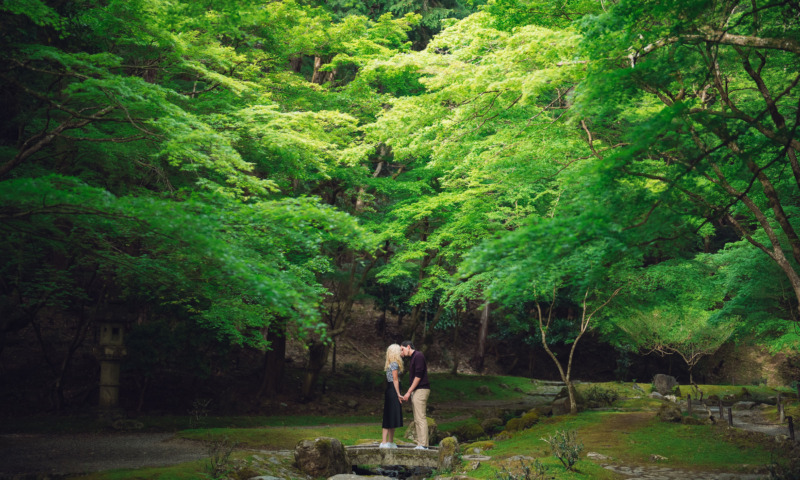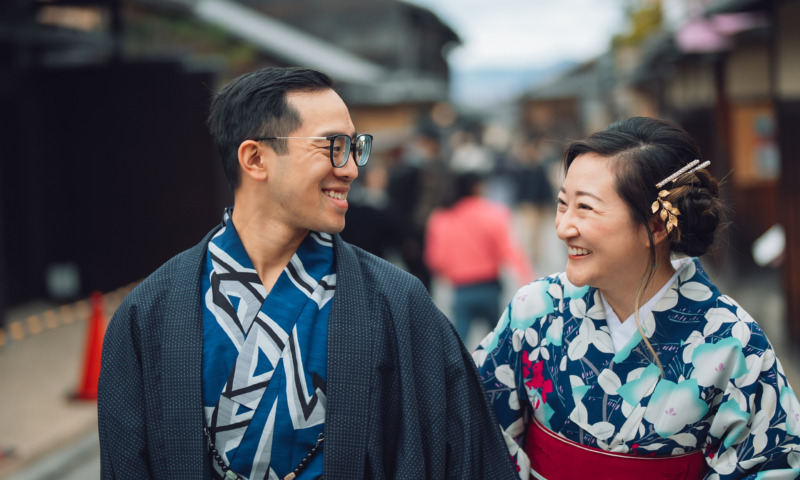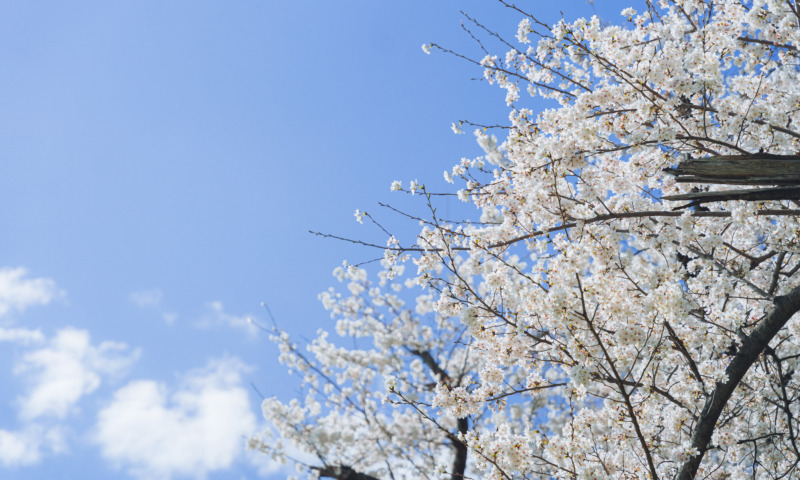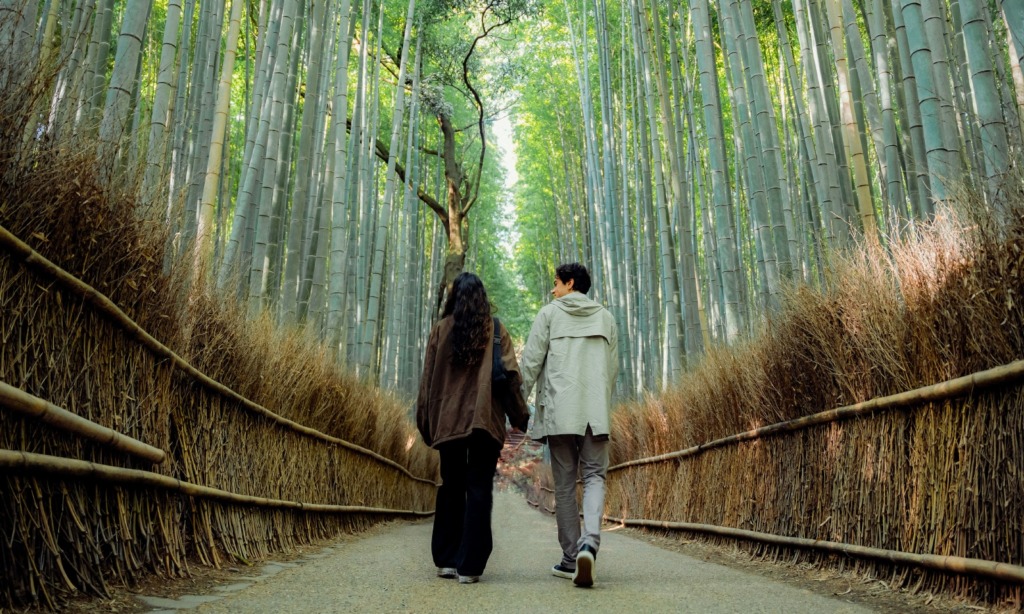
Kyoto is one of the richest cities of the world in terms of culture, history and gastronomy. You don’t need to go to the Geisha district to immerse yourself in Japanese tradition: just strolling in its net of narrow, vibrant alleys is more than enough to get a glimpse of how Japan looked like hundreds of years ago.
What still fascinates me of the ancient capital is how it achieves to merge its old aesthetic values with the modern style. The result? A new form of minimalist luxury that drives aesthetes from all over the world crazy. Definitely, a city of and for artisans and designers.
In addition, the harmonious coexistence of Tradition and Modernity in Kyoto makes for an amazing landscape for any photographer: the kyomachiya (Japan’s traditional wooden townhouses) transformed into bars and shops, Japanese elders wrapped in their kimonos and crossing the crowded streets, massive temples and shrines sprouting from between huge buildings, etc. One would deem impossible to reconcile the modern times with the old Japanese customs, but they seem to be getting along pretty well.
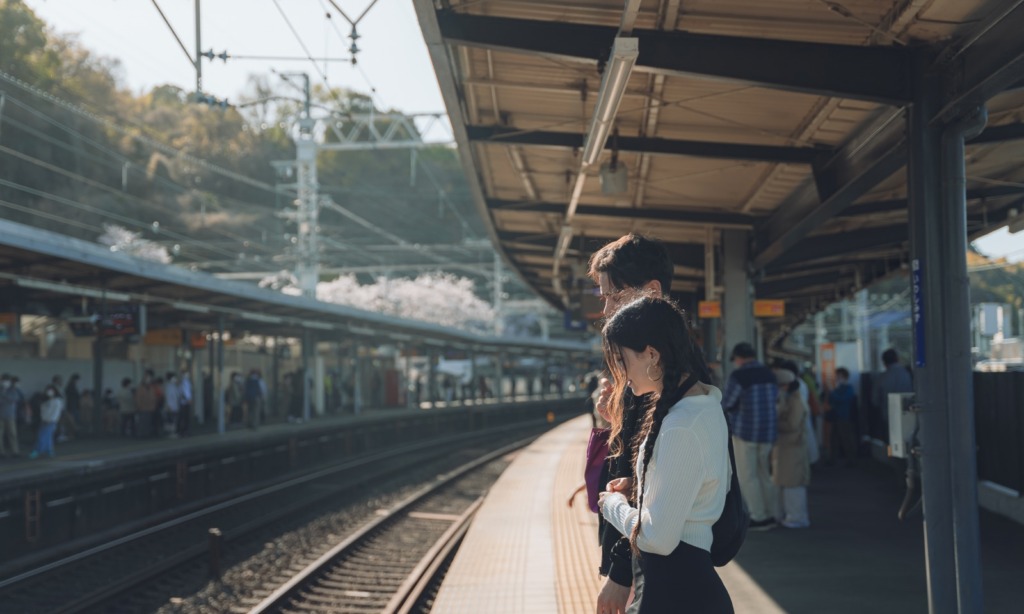
One would deem impossible to reconcile the modern times with the old Japanese customs, but they seem to be getting along pretty well
Also, an often overlooked topic when talking about Kyoto is its amazing nature. Kyoto is surrounded by mountains on almost every side. Climbing to their top does not only provide a deeper and more heterogeneous understanding of what Kyoto is (the shrine at the top Mt. Atago, for instance, has been protecting the city from misfortune for more than one thousand years), but also allows you to enjoy some stunning views, like the one from Mt. Hiei, standing right between Kyoto and Lake Biwa, the biggest lake in Japan.
Getting around the city can be easier than taming the colossal Tokyo or the frenetic Osaka, but the real challenge comes when deciding how to spend your time there: the list of milenary temples, ancient rituals, festivals and activities goes on forever.
With such an overwhelming cultural offer it’s easy to get lost and end up succumbing to the main tourist spots overflowing with visitors. With this I don’t mean to discourage you from going to places like the Bamboo Forest of Arashiyama, the Kiyomizu Temple or the Golden Pavilion. They are a must see and their beauty is unmatched. Nonetheless, the mass tourism has somehow stripped them away from their once buzzing atmosphere of mystery and sacrality.
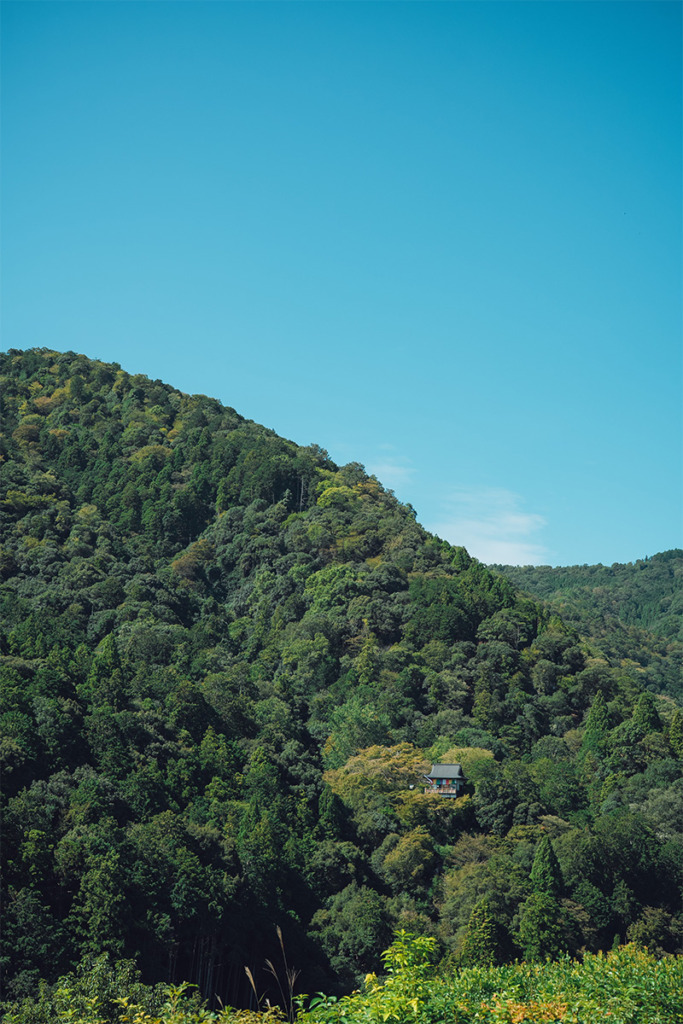
The spirit of Kyoto is, however, very much alive. You just have to make a small effort and plan your visit more thoroughly than in other cities. Instead of thinking about what you are going to see, try to focus on what you will DO.
In order to make that search a little bit easier, we have listed some of our favorite activities here. Some of them are a crash-course of cultural scuba diving and some of them are simple strolls through less known areas. Of course, this is your trip and the time your bond with Japan starts here, so our main recommendation would be: create your own path! There is no perfect route or tour that’s gonna satisfy everyone, so just focus on the things you are interested in and create a personal itinerary, redefine in your own terms what Kyoto means. This being said, let’s get our hands dirty!
1. Check all the exclusive offers of your hotel or ryokan
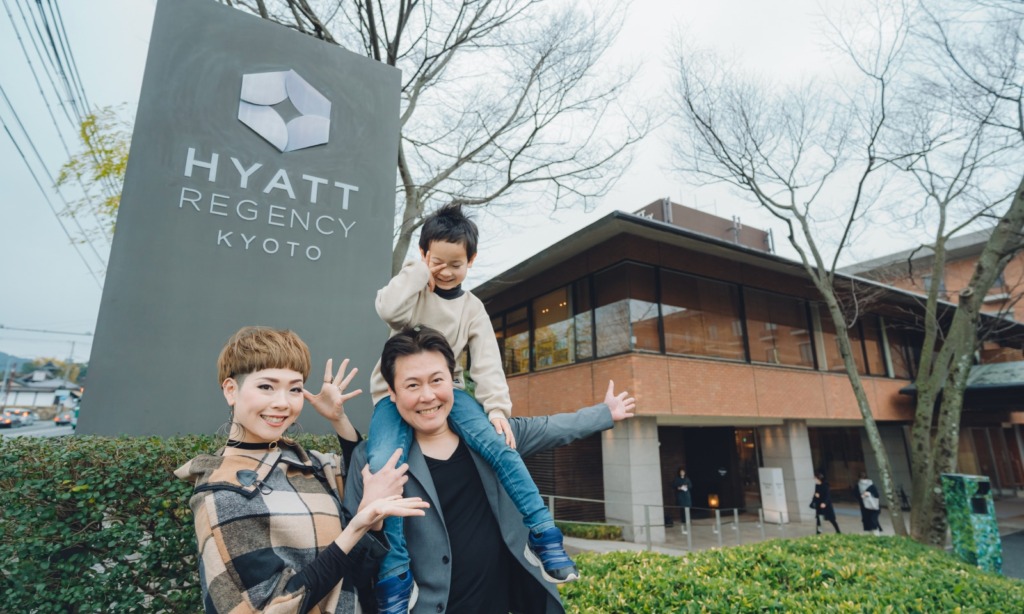
Hospitality in Japan is more than a set of values: it is a way of living. The quality of the customer service here is unmatched. Making the stay of a guest an unforgettable experience is a must. That’s the reason why many hotels (specially the luxury and semi-luxury brands) try so hard to provide their guests with exclusive experiences, activities and tours that help them delve into Japanese Culture.
From private access to some of the most famous temples of Kyoto, usually overflowed by crowds, to maiko and geiko (geisha) performances and craft workshops. Before booking your stay in Kyoto, checking the cultural activities of the hotel is something you are gonna want to do.
Here you have a list of the hotels of Kyoto which, from our perspective and after a little bit of research, seem to be the ones with the widest cultural offer:
Of course, you might as well be looking forward to staying at a traditional ryokan, but those usually don’t display such a wide variety of activities.
2. Go for a hike
As I said before, the nature in Kyoto is amazing. One can just take a bus or a train and in 30 minutes find themselves at the foot of a mountain. Going for a hike at the Kyoto Basin will not only amaze you with the beauty of the Japanese forests (you can take what is known by the locals as a “forest bath” or shinrin-yoku), but also provide you with a point of contact with a more genuine and, maybe, spiritual part of the culture of Kyoto: the shrines at the mountaintops.

If you like the films of Studio Ghibli, with their astonishing landscapes and temples covered with moss as the remains of a long lost and yet somehow vibrant civilization, a visit to Atago Shrine, at the top of Mt. Atago, can feel like entering one of these dreamy worlds. From there, one can admire the whole Kyoto Basin.
Climbing to the top of Mt. Hiei and visiting the Enryaku-ji, a Buddhist temple once home to hundreds of warrior monks, is also an adventure in itself. From the crown, you will be able to admire both the city of Kyoto and Lake Biwa, stretching out to the horizon.
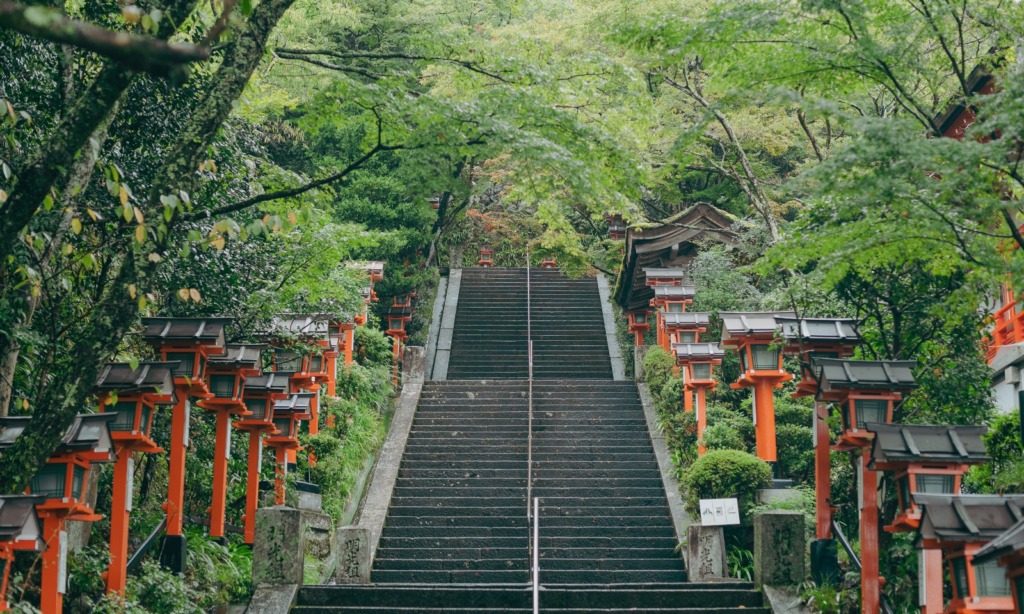
3. Explore the markets and designer boutiques
Japan is universally considered to be home to one of the most thriving and innovative fashion industries of the world. And Kyoto is one of its proud bastions. The amount of stores with designer products, both for modern and for traditional Japanese garments, is unbelievable.
Besides the enormously popular Teramachi and Shinkyougoku Shopping Arcades, all the small alleys between Shijo Street and Oike Street are full of these luxury shops. Of course, clothing is not the only thing to be found there: you can find artisanal products of all kinds, from ceramics to fans, displayed here.
In addition, you can always visit the flea markets on a treasure hunt. Our recommended ones are the Kobo-ichi (or Kobo-san, as the locals call it), the Garakuta-ichi and the Tenjin-ichi. The first two take place in the To-ji Temple, known for having the tallest wooden pagoda of Japan, Kobo-ichi being held on the 21st of each month and Garakuta-ichi, on the first Sunday of every month. The third one takes place in the Kitano Tenmangu Shrine and is held on the 25th of every month.
In the hundreds of stands displayed in these flea markets, you’ll find kimonos, vinyl records, artisanal products, ceramics and even katanas. Buying a souvenir there definitely feels like bringing home a piece of Japanese History.
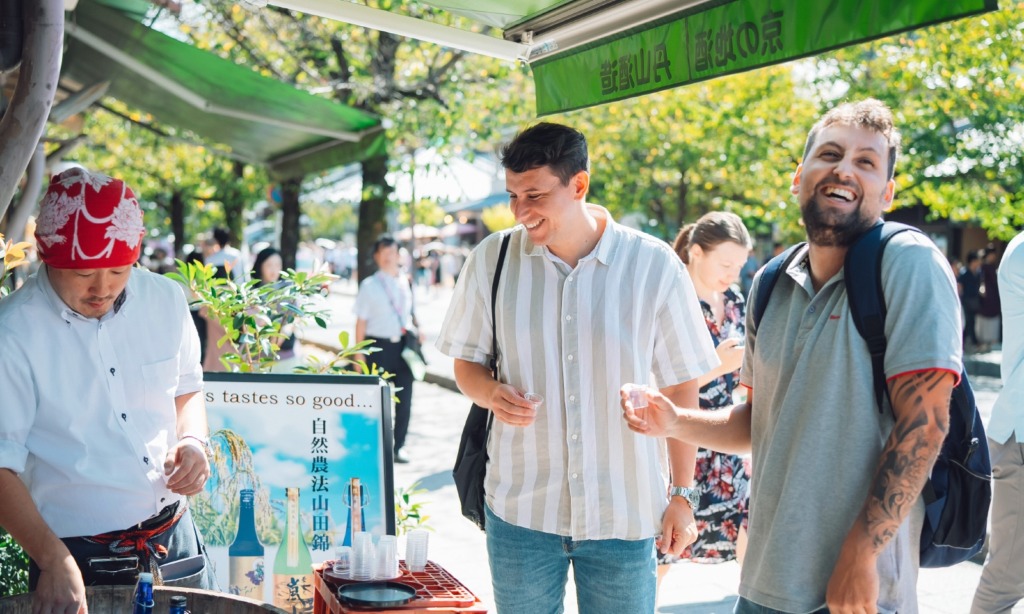
4. Take part in a festival
One of the best ways to mix the locals and see all these ancient traditions come to life is taking part in a festival. Although people have the image of Kyoto being a museum-city, full of inspiring works of art and architecture, but kind of quiet when it comes to events, reality couldn’t be more different. The amount of festivals that take place in the ancient capital is insane. Here are just some of the most amazing ones, but take into account there are hundreds more and each district may hold its own events:
- Gion Festival (Gion Matsuri): one of the most important celebrations of Japan. It takes place in July and consists of several incredible parades, full of lights, traditional music and dances.
- Festival of Ages (Jidai Matsuri): held in October, the Festival of Ages consists of a long parade with locals wearing traditional costumes in order to represent Japanese cultural history.
- Fire Festival: this celebration doesn’t take place in the city, but in a rural town in the northern mountains of Kyoto. It features a parade with hundreds of people bearing flaming torches in order to honor the spirits of the mountains.
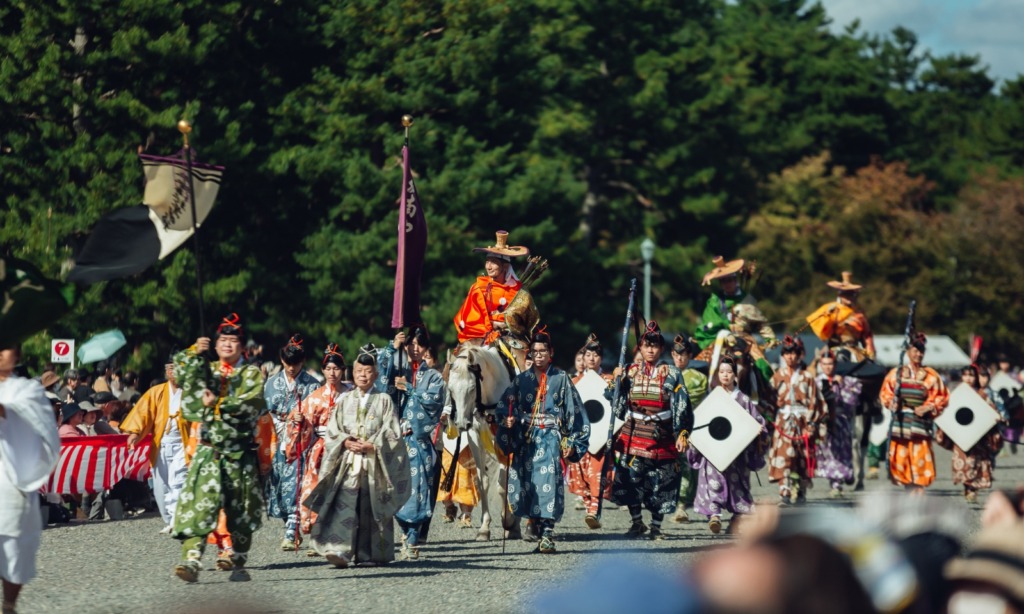
5. Tea ceremony
Often mistranslated to English as “Tea ceremony”, the “Way of the Tea” (Sadō) is one of the many Japanese traditions that have been passed from one generation to the next until reaching our days.
Considered by some the pinnacle of Japanese hospitality, the tea ceremony consists of a ceremonial way of preparing and drinking green tea in a special room designed only for that purpose.
Taking part in the tea ceremony not only lets you relax and focus on yourself for a moment, but also gives you a deeper insight in Japan and the cultural importance of peace and harmony as a social value here.
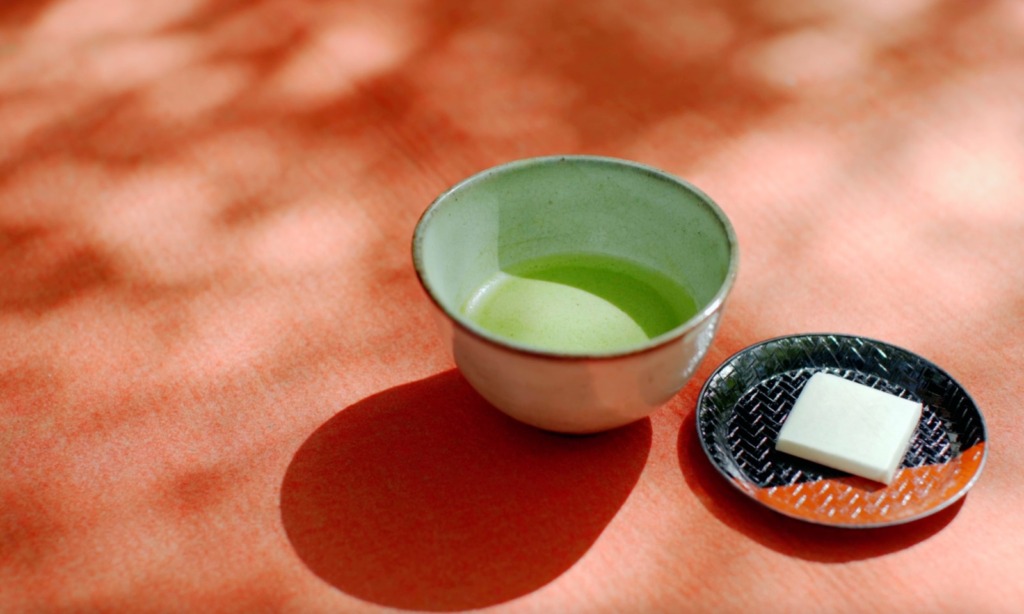
6. Booking a photoshoot
Kyoto is arguably the most photogenic city in the world. Regardless of whether you are looking for a more natural environment like the Bamboo Forest of Arashiyama or you want to be portrayed along with the colossal beauty of the temples, Kyoto is the perfect city for a private photo tour.
Immortalizing the memories of your trip with your couple, family or friends through photography or video will not only enrich your life after you come back from Japan, but also make for an unforgettable experience here.
Every year, thousands of couples come to Kyoto looking for the perfect scenery for their proposal, their honeymoon or even their wedding ceremony. Finding the best professionals to portray that occasion can be hard, especially due to the language barrier.
Nonetheless, our team of photographers and videographers has more than a decade of experience in photography services in Kyoto and in every photo session our professionals are accompanied by an interpreter that offers language assistance in three different languages (English, Spanish and German).
By booking a photoshoot with us you are ensuring high-end assessment to find the perfect location(s) for your session and avoid the crowds. We help you arrange the best photoshoot or video recording of your trip so that your memories of Japan, like the city of Kyoto, stand the test of time without losing any of their beauty.
Feel free to contact us here with any enquiry clicking here.
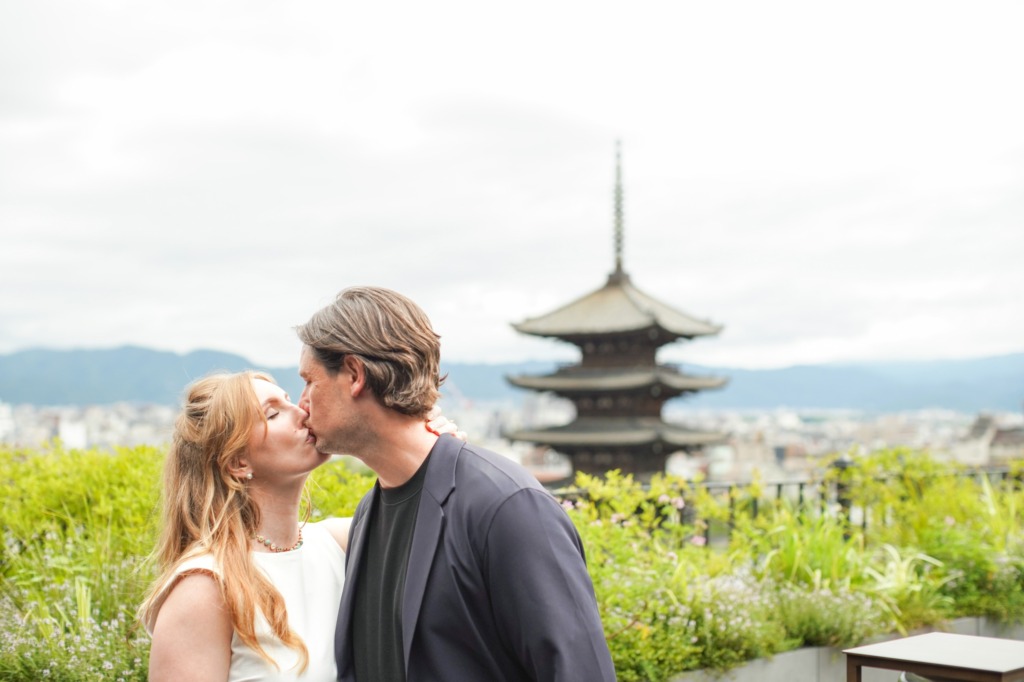
Enjoy the experience!
The rest is up to you! Above all our previous recommendations, our most important piece of advice would be, as always, to customize your trip according to the season and your own interests. No one knows better than you what you like! Kyoto offers such a wide range of experiences that you can perfectly plan a more personal trip following your interests. Do you love Japanese Literature? What about visiting the Genji Monogatari Museum in Uji or follow the steps of Murasaki Shikibu. Are you a History-geek? Then Nijo Castle is the perfect place for you. There are as many different Kyotos as there are travelers, and it’s up to you to discover your own!



